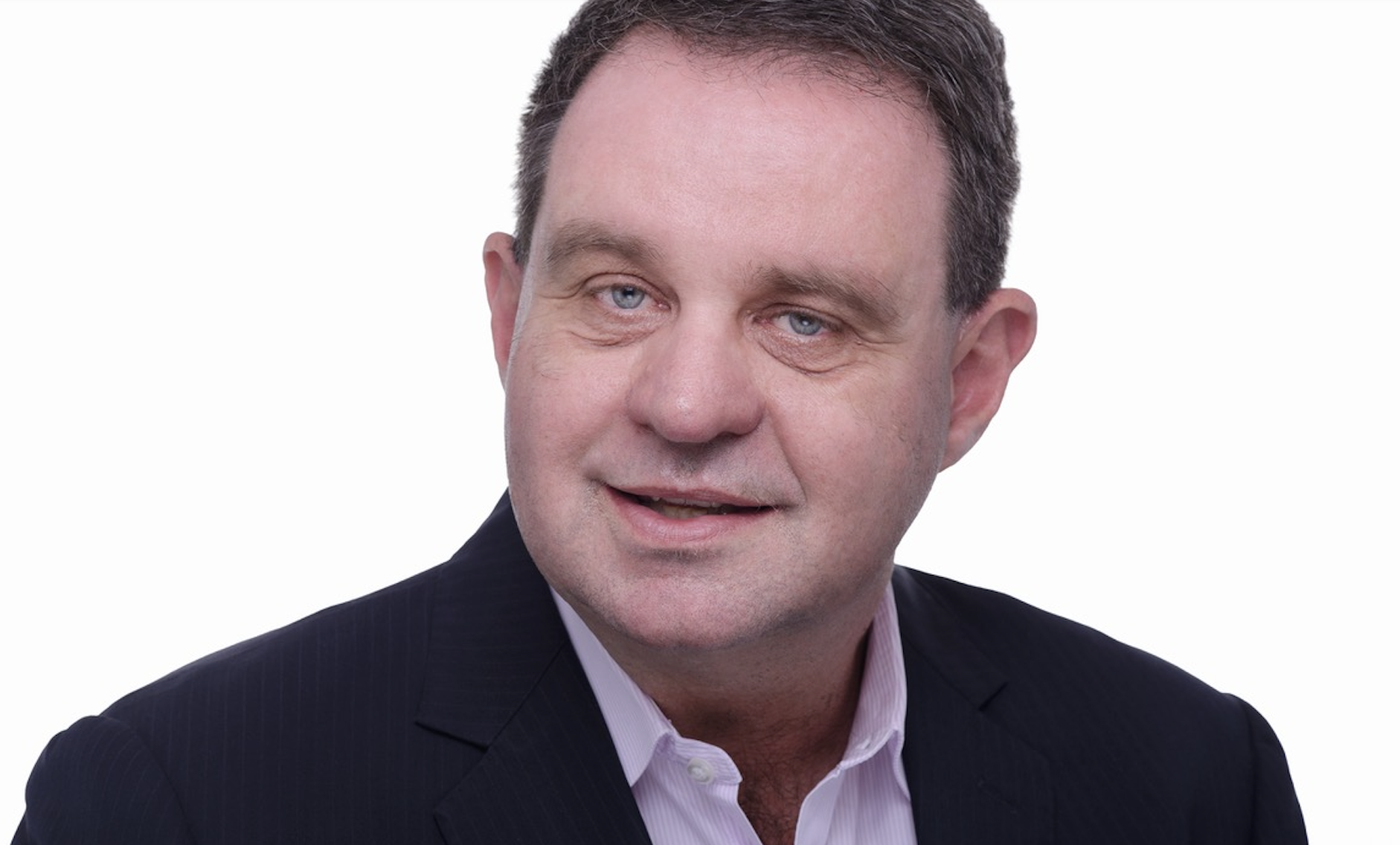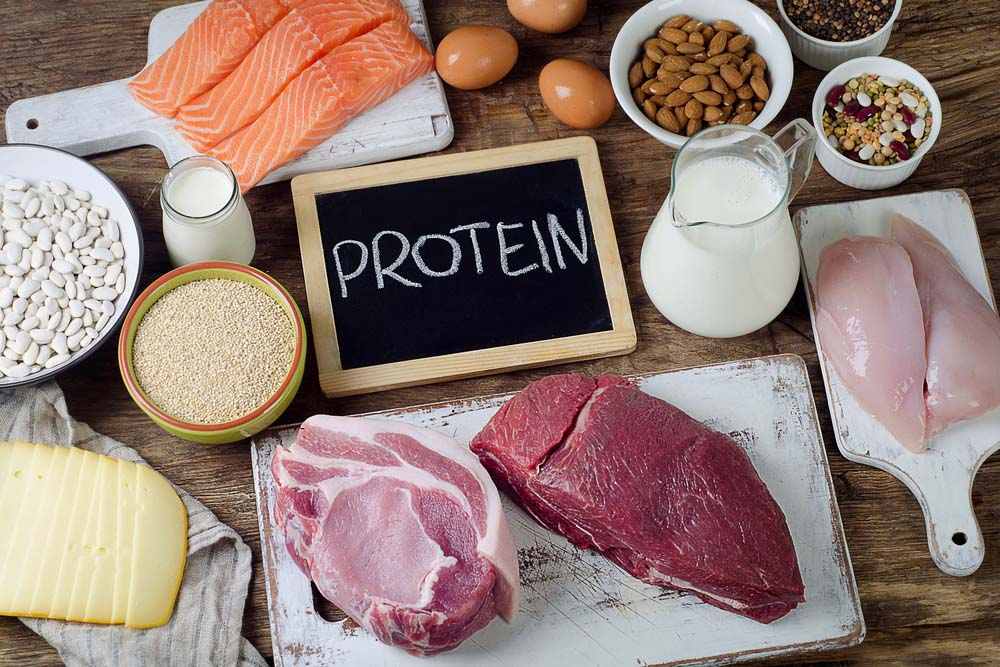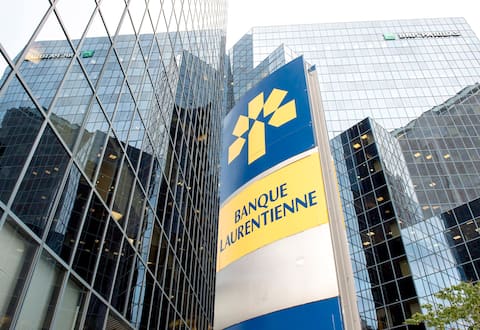If the Bank of Canada continues to raise its key rate, it is because the Canadian economy is running too smoothly for its own satisfaction! After Wednesday’s hike, another 25 basis point hike is expected next month, bringing our central bank interest rate up to 5%.
But what about the recessionary fears that economists were waving only a few months ago? They seem to have disappeared. But let’s stay in touch. And here’s why.
Hardly anyone predicted that key central bank rates would completely collapse to near 0% during the worst times of the COVID-19 pandemic. And since the end of major health measures in March 2022, hardly anyone expected that central banks would double interest rate increases at such a frantic pace.
Moreover, despite a very sharp increase in key interest rates in barely 15 months, central banks have not yet succeeded in containing inflationary pressures.
If the economy as a whole continues to grow at a good pace and inflation persists, it is because another large part of households is still not stingy with spending despite the sharp rise in prices and the rise in interest rates.
During this time, on the other hand, less fortunate families pull the devil by the tail and go into more and more debt. They are the ones who are increasingly depriving themselves of what is necessary to survive.
Apart of course from the top 10%, the rest of the population will unfortunately end up suffering serious financial consequences. Prices and rates could not have gone up so much without affecting the wallets of the majority of households.
Mortgages
Mortgage rates published by banking institutions have increased in barely 15 months.
For every $100,000 of the mortgage that is amortized over the course of 25 years, that is the increase in the monthly payment caused by the rate increase for the three most common conditions.
- The one-year term increased from 2.79% to 6.94%, which made the monthly payment jump to $696.72, up from $233.66 (+$2,804 per year)
- The three-year mortgage period saw the interest rate rise from 3.49% to 6.40%. Thus, the monthly payment jumped to $663.77, or $165.03 more (+$1,980 per year).
- The five-year period shows a rate of 6.49%, compared to 4.79% in March 2022. The monthly payment now comes to $669.72, a jump of about $100 (+$1,200 over one year).
other loans
Whatever the category, the cost of all loans today is much higher.
One need only look at the evolution of the key interest rate to realize how “damaging” the massive rise in rates has been.
The prime rate is the interest rate that commercial banks charge their creditworthy customers. The base rate also serves as the reference rate by which various variable and fixed rate loans are negotiated.
The prime rate is now 6.95%, compared to just 2.45% in March 2022. This indicates that interest rates on various personal and business loans have exploded by at least 4.5 percentage points.
Borrowing money from your credit union or bank today can cost us 11-15% in interest charges. Of course, this is less than the 21% or more that we charge on credit card balances or overdraft amounts generated by our debit cards on bank accounts.
Tip: Pay off your credit card and bank overdraft balances as often as possible.
the cars
Want to change the car? You should know that the days of car financing with extremely low interest rates are over.
Buying or leasing a new car now costs 7 to 10% more than car dealership rates.
advice
- If this has not already been done, it is time to prepare a budget according to its means and above all to respect it.
- Because mortgage rates are so high, families who have to renegotiate their mortgage should prefer the shorter term, to give themselves a chance to take advantage of the potential return to lower rates!
- Get out your calculator and do all the required calculations to determine how much of the final bill for the car you want. And ask yourself if you can afford it and whether it is really urgent to change your car this year.
Happy high interest rates (too)
A sharp rise in the Bank of Canada’s key rate doesn’t just make borrowers unhappy.
It also makes people happy.
Winning savers
You name the savers whose bank accounts are filled with cash.
After a slight decline in recent months, the interest yield offered on GICs (Guaranteed Investment Certificates) and term savings investments available in banking institutions has resumed its upward trend.
most generous
The most generous banking institutions are:
- One-year GIC: Laurentian Bank (5.12%); Peoples Fund (5.10%); tangerine (5.10%), bank equivalent (5.10%).
- Three-year GIC: Equitable Bank (4.95%); HomeEquity Bank (4.94%); CDN Western Bank (4.92%); ICICI Bank (4.90%); Laurentian Bank (4.75%).
- Five-year GIC: Tire Bank of Canada (4.68%); Equitable Bank (4.70%); CDN Western Bank (4.68%); Home Equity Bank (4.71%); Laurentian Bank (4.62%); Bank equivalent (4.65%).
the poorest
For their part, major Canadian banks are less generous with returns of 4.55% on government investment positions for one year, 4% over three years, and 3.95% over five years.
At Desjardins, we offer 4.5% for savings for one year and 3.85% for three and five years.
Helpful reminder…
Tip: Know that it is generally possible to get a slightly better return from the big banks and from Desjardins.
how ?
By reminding them of all the banking you do there!
Unfortunately, Épargne Placements Québec has been rather stingy these days, yielding barely 4.25% for one-year fixed-rate bonds and just 3.85% for three- and five-year terms.

“Music guru. Incurable web practitioner. Thinker. Lifelong zombie junkie. Tv buff. Typical organizer. Evil beer scholar.”








More Stories
Climate change | The oil giants have known about this since “at least” the 1960s, the report says.
Nearly half of Quebecers say they feel financial pressure
Summer Vacation: Many Estriens will take the route to the East Coast